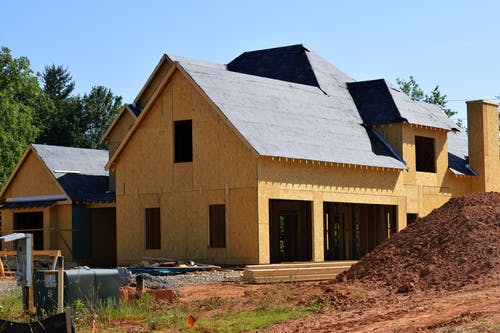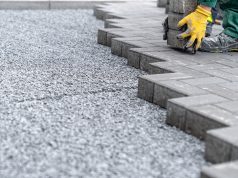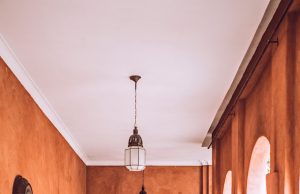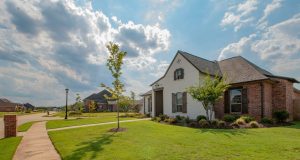The materials which make up the average building in the UK will decay over time, and thus homeowners and landlords face a constant battle against wear and tear. Old components must be periodically and proactively replaced by new ones. How often this happens will depend on the material in question, and the way in which it’s being used. A brick wall will stand for centuries; a strip of sealant might last for less than that. Let’s run through some of the candidates.
Timber
The term ‘timber’ encompasses a whole range of different materials, each with markedly different properties. A tree which takes centuries to grow will tend to produce denser and harder timber than one that springs up in a matter of a few years.
It’s worth remembering that timber structures often rely on binding agents which are not actually made of timber. Whether you’re putting together architrave, skirting, or a patio, you’ll want to be sure that you have access to a high-quality adhesives.
Timber is categorised in a five-tier system, according to durability. Let’s run through the classes:
Class 1
These are the most durable sorts of wood. They’ll last for more than twenty-five years. Teak and Jarrah fall into this category. They’re extremely rare and valuable, and thus most of us don’t need to worry about them.
Class 2
Oak and Cedar come slightly below the top tier. They’re durable enough to be prized in quality home furniture and doors. Expect them to last for at least fifteen years.
Class 3
In the middle tier we find the Douglas Fir – which will last for at least a decade. This is actually less often used than classes two and four.
Class 4
Lightweight softwoods like pine and spruce are to be found in class 4. They’re easy to work with, and they can be expected to last for at least five years.
Class 5
The least durable category. Willow, balsa and poplar belong here – without treatment, it might not even last five years.
Of course, if wood is kept in a protected environment, then it can easily last for much longer than we’ve said here – the timber beams that support a period home, for example, might last for hundreds of years. What effects the lifespan more than anything is moisture and changes in temperate.
Paints
A coat of indoor paint should last for more than a decade. Exterior paint might last for a little less than that, given that it’s expected to withstand rain, sleet, snow, and baking sunshine. The quality of paint you choose, and the skill with which it’s applied, will also matter. If you’re painting wood, then primer is going to make a massive difference.
Sealant
Sealant is something that should be periodically refreshed to provide the best possible seal. You’ll be able to tell when this is necessary, thanks to discolouration and warping. It should be necessary every five to ten years. Keeping it refreshed will help you to protect other structural elements in bathrooms and kitchens.














